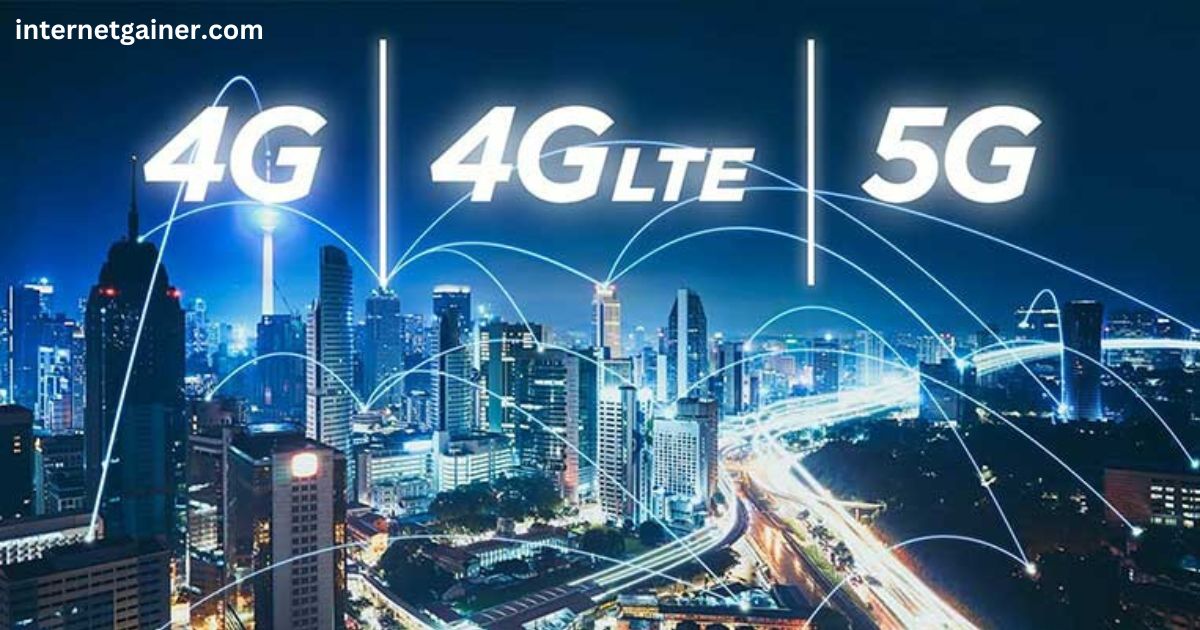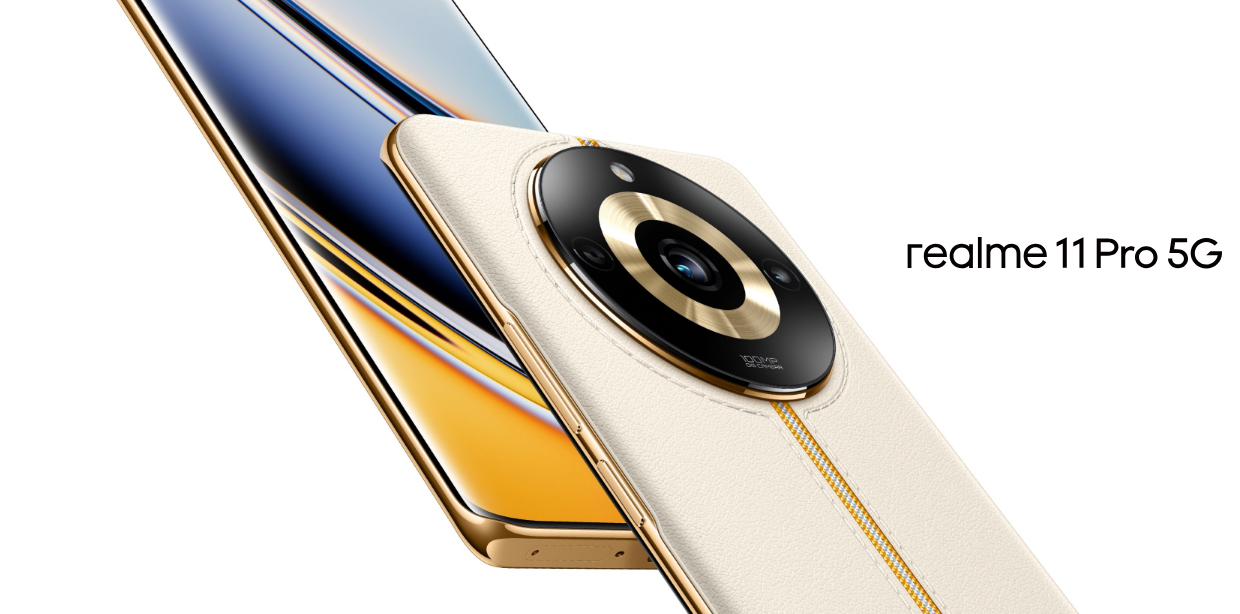Hello, how are you? I hope you are happy in life, welcome to our blogs! I hope you like this article of mine. I try to share with you about 5g Internet in every article.
I always try to share with you the knowledge that no blogger has given you before today. Let’s go ahead and get complete information about Why Is My 5G Slower Than 4G LTE.
Introduction
5G, the fifth generation of wireless communication technology, promises lightning-fast speeds, ultra-low latency, and the capacity to support millions of connected devices seamlessly.
Yet, many users have reported an unexpected issue: their 5G connection is sometimes slower than the 4G LTE they’ve been using for years.
Understanding this paradox requires exploring the technical, environmental, and infrastructural factors influencing mobile network performance.
The Promise of 5G Technology
At its core, 5G is designed to revolutionize connectivity with speeds potentially reaching up to 10 Gbps—100 times faster than 4G LTE. It operates on three distinct frequency bands:
| Frequency Band | Characteristics | Use Cases |
|---|---|---|
| Low-band (Sub-1 GHz) | Wide coverage, penetrates walls well | Rural connectivity |
| Mid-band (1-6 GHz) | Balanced coverage and speed (~1 Gbps) | Urban and suburban areas |
| High-band (mmWave) | Extremely fast (~10 Gbps), limited range | Dense urban areas, stadiums, smart cities |
While these theoretical speeds are impressive, real-world experiences often diverge due to several complicating factors.
Why 5G May Be Slower
1. Network Coverage and Availability
5G networks are still under construction in many regions. The rapid deployment of 5G infrastructure has focused on densely populated urban centers, leaving suburban and rural areas relying on lower-frequency bands that offer slower speeds. In these areas, the available 5G spectrum may be less optimized than mature 4G LTE networks.
2. Spectrum Allocation Issues
The specific frequency band used by your device significantly impacts performance. Low-band 5G, which is often marketed for its broad coverage, can deliver speeds similar to or even slower than 4G LTE. If your device connects to a low-band 5G network, the slower performance might make 4G LTE appear faster.
3. Device Compatibility
Not all devices are created equal. Older smartphones with 5G capability may lack the advanced antennas and modems found in newer models.
Additionally, if your device is switching between 5G and 4G networks frequently (a process called “handover”), this can cause delays and reduced performance.
4. Congestion and Network Traffic
5G networks are not immune to congestion. In areas where many users are connected to the same network, speeds can drop dramatically. This is particularly true for mid-band and low-band 5G, which lack the massive capacity of high-band mmWave frequencies.
5. Infrastructure Limitations
The backhaul—the connection between cell towers and the core network—plays a crucial role in determining overall network speed. Many current 5G towers are connected to infrastructure initially designed for 4G LTE, limiting their ability to deliver true 5G speeds.
6. Environmental Factors
High-frequency mmWave 5G signals are notoriously sensitive to obstacles like walls, trees, and even rain. If you’re in an area relying on mmWave for 5G, any physical barrier could force your device to drop to a slower network or experience performance degradation.
Comparing Real-World Speeds
| Network Type | Theoretical Speed | Typical Speed (Real World) |
|---|---|---|
| 4G LTE | Up to 150 Mbps | 30–60 Mbps |
| Low-band 5G | ~100 Mbps | 50–120 Mbps |
| Mid-band 5G | ~1 Gbps | 100–400 Mbps |
| High-band 5G | ~10 Gbps | 1–2 Gbps |
While 5G often surpasses 4G LTE in ideal conditions, variations in spectrum use, device compatibility, and environmental factors can lead to slower speeds in certain scenarios.
How to Maximize Your 5G Experience
- Choose the Right Device: Invest in a smartphone with advanced 5G capabilities, including support for mid-band and high-band frequencies.
- Check Coverage Maps: Consult your carrier’s coverage maps to ensure you are in an area with robust 5G support.
- Update Software: Keep your device’s firmware and carrier settings up to date for optimal network performance.
- Minimize Obstacles: Whenever possible, reduce physical obstructions between your device and the nearest 5G tower.
Conclusion
While 5G holds immense potential, the technology is still in its early stages of widespread adoption. Temporary setbacks, such as slower speeds compared to 4G LTE, highlight the growing pains of a revolutionary network upgrade.
Understanding the interplay of coverage, spectrum, and infrastructure can help users navigate these challenges and make the most of 5G’s transformative promise. For more 5g Internet information check the internetgainer.



